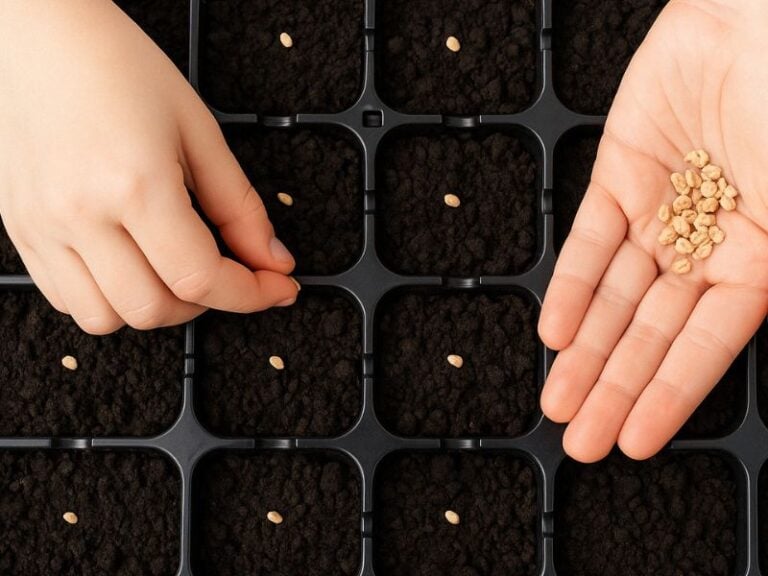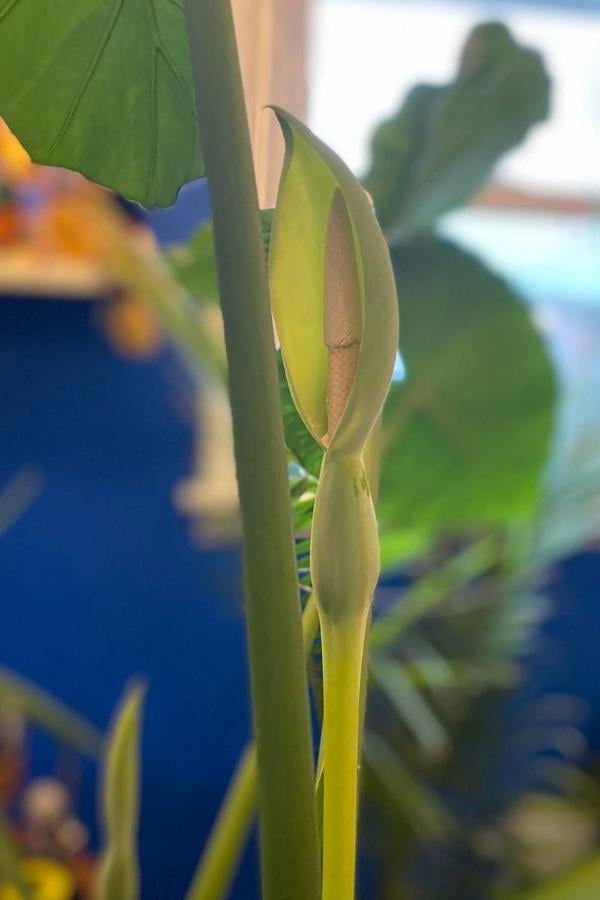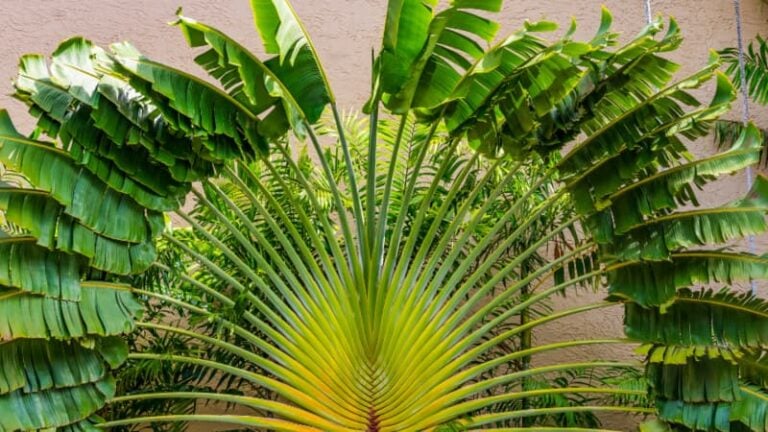You’ve probably heard that air circulators are great for growing houseplants indoors. But what’s wrong with using a regular fan? In fact, what even is the difference between a circulator and a fan?
Is “circulator” just a fancy word for “fan”? If you’re growing houseplants indoors, you may have heard that having a circulator can be beneficial. In this article, we’ll delve into the key differences between these seemingly similar appliances.

Contents
The 3 Main Differences Between Circulators and Fans
So let’s cut to the chase: circulators and fans are not the same thing. Here, we’ll introduce the three main differences between circulators and fans for your reference.
Difference #1: Nature of the Airflow
The biggest difference between a circulator and a fan is the type of wind they produce. Fans create a gentle, diffused breeze, while circulators produce a more focused, powerful airflow. This difference comes down to the intended purpose of each appliance.
Difference #2: Purpose
Fans are designed primarily to cool people. On the other hand, circulators are made to circulate air throughout the room.
Circulators often have the capability to direct air horizontally, vertically, and even straight up, covering a larger area.
- Fan: Provides immediate, pleasant airflow.
- Circulator: Mixes air to distribute heating or cooling effects evenly.
Difference #3: Reach
The wind from a circulator reaches further than that of a fan. Because of this, circulators can effectively mix the air throughout the entire room, corner to corner.
- Fan: Suited for close-range use due to its diffused airflow.
- Circulator: Suitable for larger spaces as it can direct airflow further.
Which is Best for Growing Houseplants: Fan or Air Circulator?
If you’re growing a large number of houseplants (I’m talking about 10 pots or more inside your home), then an air circulator is definitely the way to go.
Why? Because wind is just as vital for plants as water and light are. A good breeze helps open the stomata (tiny pores) on the leaves, making it easier for the plant to breathe and photosynthesize. When your plants photosynthesize well, they grow stronger and healthier.
This is particularly true in the extreme summer and winter months when you’re probably using air conditioning or heating and can’t open your windows that often.
That’s where the air circulator comes in handy! It evenly distributes the air throughout the room, providing the much-needed airflow for your plants.
However, if you only have a few small potted plants, a fan should suffice. The downside to using a fan? It can be a bit cumbersome, especially in the winter.
How to Use an Air Circulator with Closed Windows
First, place the air circulator in a corner of the room. Make sure not to direct it straight at the plants. By directing the air toward the opposite corner’s ceiling (without oscillating), you’ll get the air in the room moving in a healthy way for your plants.
Beware of Mold in the Winter
In the wintertime, the humidity and heat from the heating system can lead to mold growth. Mold not only harms your plants but can also pose serious health risks like triggering asthma or allergies.
Using an air circulator helps to prevent this by eliminating air pockets and preventing moisture from accumulating in one place.
Worried About the Electricity Bill?
According to my research, the cost of running an air circulator is roughly the same as that of a fan—about 0.5 cents per hour.
That adds up to about 12 cents if you leave it on for 24 hours, or approximately $3.60 a month. Trust me, that’s a small price to pay compared to the stress of a dead plant!
Can a Fan Replace an Air Circulator?
Not really. A fan can’t circulate air throughout a large area as effectively as an air circulator can. However, it’s better than not using anything at all.
On the flip side, if you use an air circulator in place of a fan, the air hitting your skin may feel too strong and not so comfortable. So, choose wisely depending on your needs.
Affordable Options
You can find air circulators for as low as about $30. I’ve got two at my place facebook market place. They’re compact and quiet, perfect for nighttime use. And if you’re looking to save some money, you can always buy one from facebook marketplace.
Key Takeaways
- Air circulators and fans serve different purposes and affect air quality differently.
- If you have many houseplants, an air circulator is more suitable.
- Both devices cost roughly the same to operate—about 0.5 cents per hour.






